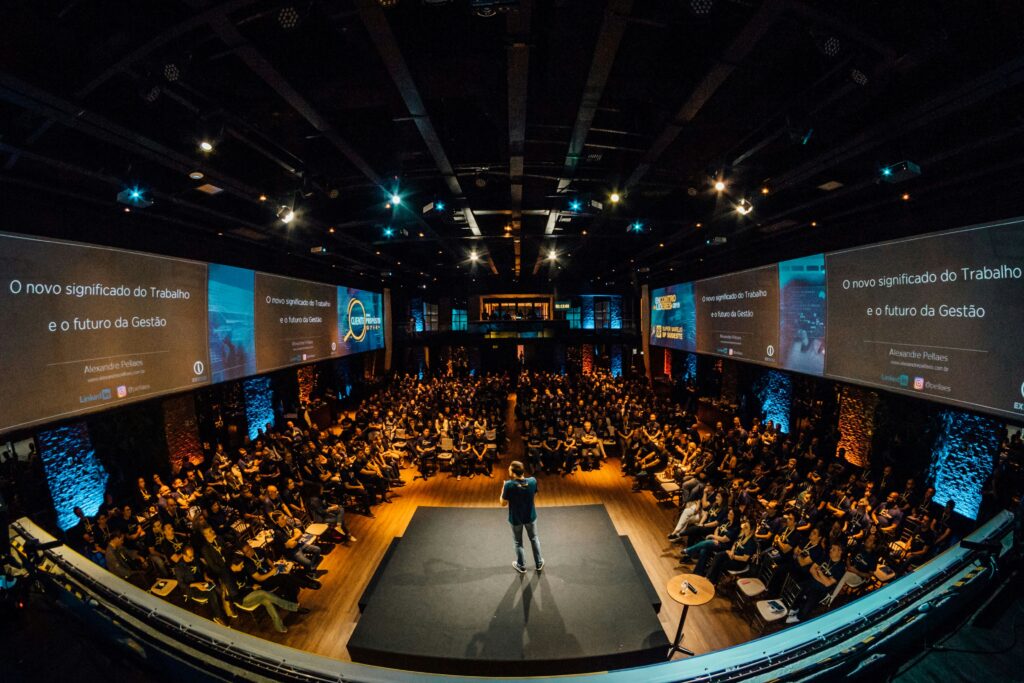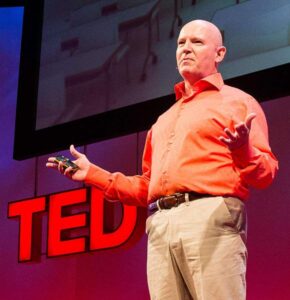Main Highlights
The speaker identifies common pitfalls that undermine credibility and connection, then offers a set of values and techniques to elevate how we speak. Practical demonstrations and audience participation illustrate how to prepare the voice and deliver messages with authority and warmth.
- Seven “deadly sins” of speaking: gossip, judging, negativity, complaining, excuses (blame-throwing), embroidery/exaggeration (slipping into lying), and dogmatism (confusing opinions with facts).
- HAIL framework (cornerstones of powerful speech): Honesty, Authenticity, Integrity, and Love (goodwill that tempers blunt honesty and reduces judgment).
- Vocal toolbox: register (chest voice for authority), timbre (rich/warm tone), prosody (avoid monotone and “uptalk”), pace (use speed and slow-downs), silence (purposeful pauses), pitch (meaning and emphasis), and volume (avoid constant broadcasting or “sodcasting”).
- Warm-ups before important speaking: breath-and-sigh, lip trills, playful lip/tongue activation, exaggerated enunciation, rolled “R,” and the “siren” (high “wee” to low “aw”).
- Applications: high-stakes moments (talks, proposals, negotiations, toasts) benefit most from conscious technique and preparation.
- Key terms introduced: HAIL; “sodcasting” (imposing sound on others); cautions against monotone and repetitive uptalk.
Key Takeaways
Powerful speaking is a blend of what you say (values and intention) and how you say it (vocal technique and delivery). By removing credibility-killing habits and standing on HAIL, anyone can speak with clarity, warmth, and influence.
- Drop the seven habits that erode trust; build speech on Honesty, Authenticity, Integrity, and Love.
- Shape delivery: favor chest register for authority, vary prosody, pace, pitch, and volume; use silence deliberately.
- Prepare the instrument: do simple voice warm-ups before important conversations or presentations.
- Actionable fixes: avoid uptalk and monotone, stop blame-throwing and exaggeration, take responsibility, and temper honesty with goodwill.
- Think systemically: create and consume sound consciously; advocate for environments designed with good acoustics to support listening.
Audience Insights & Q&A
No formal Q&A was captured in the transcript, but the session included interactive exercises that engaged the audience and demonstrated immediate, practical techniques.
- Audience participated in six quick vocal warm-ups to feel the difference preparation makes.
- The speaker acknowledged real-world barriers—noise, poor acoustics, inattentive listeners—and urged conscious speaking/listening and better sound design as solutions.

